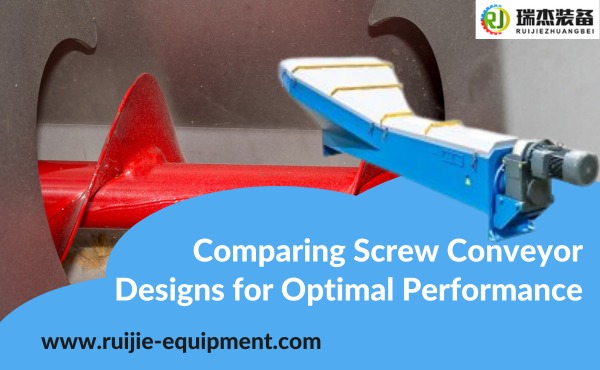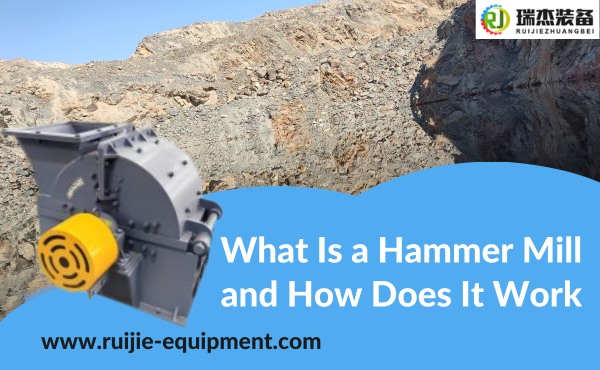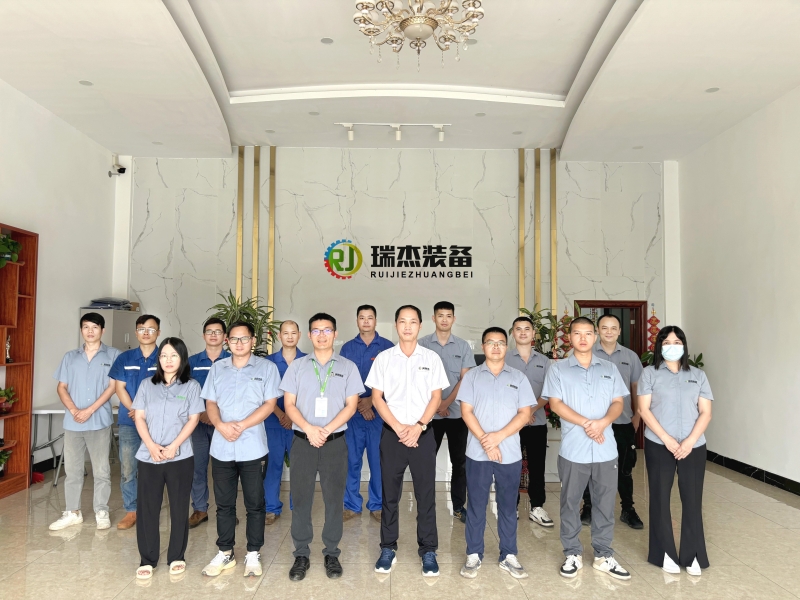Screening operation is pivotal or significant in the practice of sorting or classifying granulated materials into several grades based on their size. This is common across many industries, such as mining, agriculture, and pharmaceutical, recycling, among others, whereby the materials are reduced to certain sizes to undergo or be fit for other processes or use.
Objectives of Screening in Mineral Processing
The primary objectives of screening in mineral processing include:
- Particle Size Fractionation: The ability to separate materials into different sizes to ease processing.
- Product Quality Control: The ability to ensure that all products meet certain characteristics or requirements by rejecting stones that are either too small or too large.
- Energy Efficiency: Reducing the specificity of energy required for downstream activities like crushing, grinding, and particle separation by presenting right-sized materials, which also minimizes the wear of equipment.
4 Types of Mineral Screening Processes
Screening procedures were the idea in classifications based on the objective that they serve and the type of object screened:
- Pre-Screening: The process that occurs before the first stage of crushing to sort and size the material, so that the crushing efficiency is improved.
- Standalone Screening: Applied where the screened product is the final product supplied to the user and is practiced in the industry, like coal and iron ore.
- Preparation Screening: Enables one to get the right size of materials for a certain process, like feeding the ball mill with the right size of material.
- Primary moisture reduction: The process that reduces moisture content in raw materials. It is common in the coal industry for desliming screening.
Dewatering includes the removal of excess water from materials and is valuable as a preliminary step toward wet beneficiation.
Common Screening Equipment
In the mineral processing procedure, various screening apparatuses are used that are capable of accepting diverse types of materials and producing specific results:
- Vibrating Screen: Used based on vibrations to sort and classify materials, and efficient on wet and dry products.
- Circular motion screens: Use circular vibration to categorize particles, and it is ideal for large materials, including ores or rocks.
- Disc type: The circular motion of the disc is suitable for the separation of fine materials.
- Banana Screens: Have a curved deck that makes it suitable for screening large volumes of materials.
- Trommel screens: These are drums that are built with perforated walls; this is used to decrease the size of a large mass of matter.
5 Factors Influencing Screening Efficiency
Many conditions determine the efficacy of the screening process at the initial stage:
- Screening factors: Particle size distribution, degree of moisture content and the shape of the material affect screening work.
- Screening Media: The material employed in building the screen surface, for instance, woven wire mesh, rubber, polyurethane, affects the separation effectiveness and material life span.
- Vibration Factors: Vibration frequency and amplitude, in most cases, determine the stratification and passage of the material through the screen.
- Feed rate: It is the amount and the rate at which material has to be fed to the screen to enhance the performance of the screen or the size being separated.
- Screen Angle and Deck Design: The orientation and design patterns of the screen deck determine the sort of material traffic and efficiency of the separations.
Applications in Industrial Waste Processing
Screening is a very important unit operation in industrial waste processing, particularly for the recovery of metals from waste streams like slag, ASR, and IBA. This is because, through an effective screening process, some of the benefits industries can accrue include:
- Improve Metal & Metal oxides collection: Separate and effectively collect the desired metals or another metal oxide from the waste product for few more times without having to use virgin material.
- Environmental welfare: Non-degradable wastes are fewer; thus supporting the recycling of products to help in the protection of our environment.
- Get Proper Size of Material for Further Processing: Helps in making the downstream processes more effective in ways such as using systems, including magnetic or gravitational separation.
Ruijie-Equipment’s Innovative Screening Solutions
Ruijie-Equipment specializes in designing and manufacturing advanced screening machinery tailored for industrial waste processing applications. Our product offerings include:
- Vibrating Screens: These are relatively rugged machines that are suited for a variety of materials and sizes of materials that need to be separated at high rates.
- Trommel decks: Made to sieve large sizes of materials, they are strong and perfect for large-scale use.
- Replacement Screens: Provides replacement screens alongside the correct characteristics needed to match and integrate with pre-existing processing lines.
By integrating Ruijie-Equipment’s advanced screening machinery, industries can achieve higher recovery rates of valuable metals from waste streams, leading to improved profitability and sustainability.
Importance of Screening in Mineral Processing
Screening in mineral processing is essential for separating materials based on size, improving efficiency in crushing, grinding, and separation processes. It enhances product quality, reduces energy consumption, and optimizes downstream operations. Ruijie-Equipment provides advanced screening solutions, ensuring precise classification and higher recovery rates in industrial waste processing.
Frequently Asked Questions (FAQs)
Why is screening such a big deal in mineral processing?
Screening helps sort materials by size, making crushing, grinding, and separation way more efficient. It ensures the right-sized materials move forward, improving product quality and reducing energy waste.
What affects how well screening works?
A few key things: the size and shape of the particles, moisture levels, how fast materials are fed in, and even the vibration settings of the screen. The screen’s design also plays a huge role in getting the best results.
How does Ruijie-Equipment improve metal recovery from waste?
Ruijie-Equipment’s advanced screening machines, like vibrating screens and trommel decks, help recover valuable metals more effectively. That means better efficiency, less waste, and a more sustainable process overall.
Conclusion
Screening is a critical process in mineral processing, which aims at the identification of the required size of various materials. It improves product quality, optimises the further production processes, and equally supports the notion of sustainability.
In summary, the use of screening technology in various industries is an essential aspect in today’s economic revolution through economic management, environmental conservation, and sustainable productivity through the support of equipment manufacturing firms like Ruijie-Equipment.










